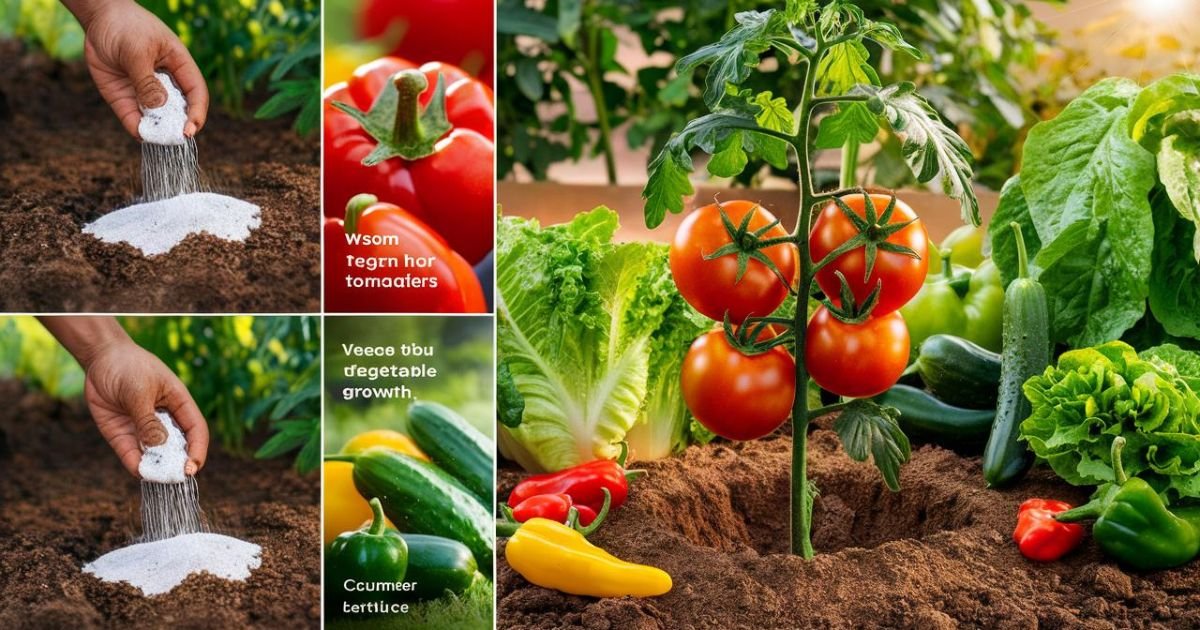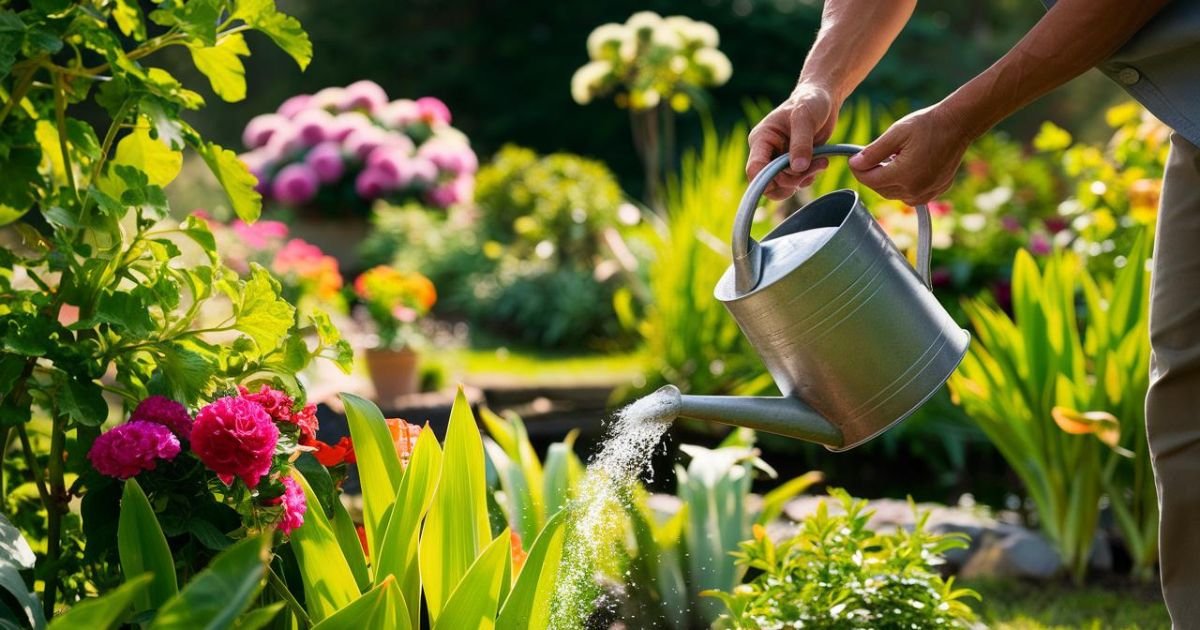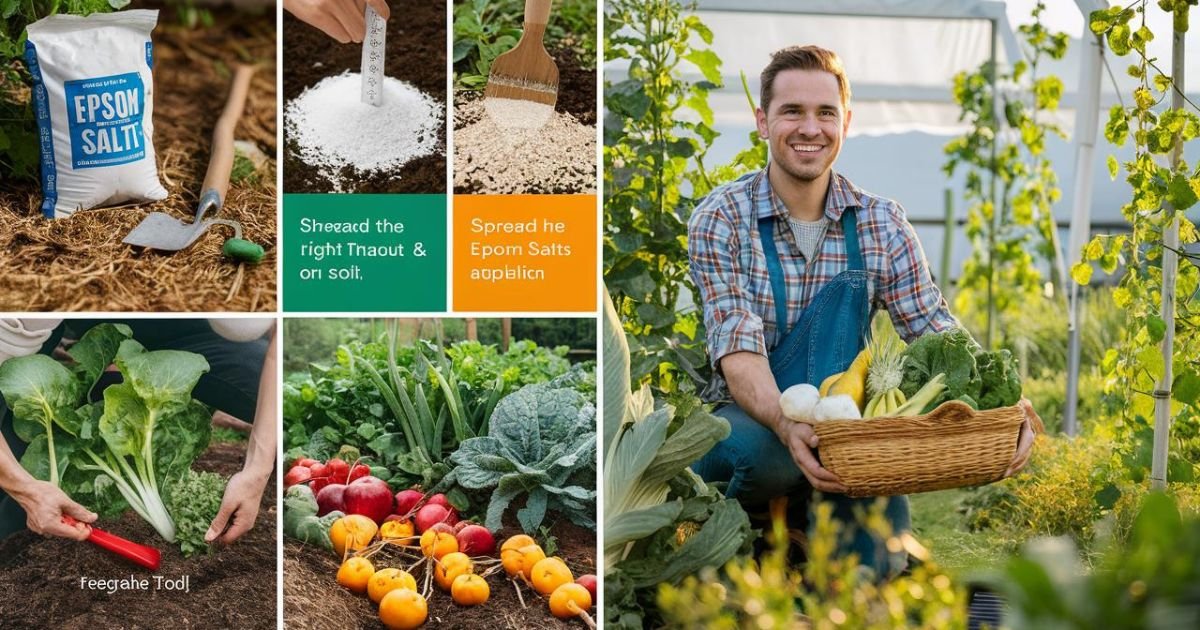Introduction to Epsom Salts and Their Benefits
Magnesium sulfate, or Epsom salts, has a long history of use in agriculture and medicine. These salts, which contain the minerals magnesium and sulfur, are very useful since they meet many important requirements for plant growth. Photosynthesis, the process by which plants transform light energy into chemical energy, relies on chlorophyll, an essential component of which is magnesium. Reduced plant growth and production is the result of insufficient magnesium, which prevents plants from absorbing enough sunshine.
In a similar vein, sulfur is essential for several plant processes, such as protein synthesis and enzyme activation. In addition to improving plant strength and resilience, sulfur plays a crucial role in the production of vitamins, vital oils, and amino acids. Gardeners who want to encourage strong growth in their fruit and vegetable plants will find Epsom salts, which contain magnesium and sulfur, to be an indispensable tool.
Epsom salts are not a novel idea in gardening; farmers have been using them for centuries. Among its many applications is restoring soil health and nutritional deficiencies in plants. To this day, gardeners still use Epsom salts to improve the health and yield of their fields, particularly while cultivating vegetable and fruit crops. This continuous application demonstrates the versatility and utility of Epsom salts in various agricultural contexts.
Magnesium sulfate’s influence on plant health cannot be overstated. In sandy or acidic soils where magnesium depletion is common, the application of Epsom salts can correct nutrient imbalances, leading to more vibrant and productive plants. By understanding how to use Epsom salts in the garden for vegetables, gardeners can optimize their efforts, ensuring that their plots yield an abundance of healthy produce. Whether sprinkled directly onto the soil, mixed with water for a foliar spray, or dissolved for deep root feeding, Epsom salts offer a straightforward, cost-effective solution to many common gardening challenges.
Specific Benefits of Epsom Salts for Different Vegetables
Because they are high in magnesium and sulfur, Epsom salts are very important for the health of many vegetables. One of the main components of Epsom salts is magnesium, which is necessary for making chlorophyll, which is a key part of photosynthesis. By making chlorophyll production go faster, Epsom salts can help leafy greens like spinach, kale, and lettuce grow lush, colorful leaves. This makes sure that the plants can convert energy efficiently, which leads to better growth and higher output.
Epsom salts are also very good for tomatoes and peppers. Magnesium enhances strong nutrient uptake, assisting plants in absorbing more crucial nutrients from the soil. This makes the plants stronger and increases the number of fruits they produce. Epsom salts can also help with common problems like leaves turning yellow, which is a sign of not getting enough magnesium. By mixing Epsom salts with water and spraying it on plants’ leaves, gardeners can quickly fix nutrient ratios and get the plants healthy again.
Putting Epsom salts on root veggies like beets, carrots, and radishes also helps them grow a lot. Magnesium helps roots grow strong and increases the amount of nutrients in the parts of plants that people eat. Another important element in Epsom salts is sulfur, which helps make proteins and keep enzymes working. This makes the plant stronger and less likely to get diseases, making it less vulnerable to common yard pathogens.
In addition, Epsom salts can be especially good for veggies. Regular use helps stop blossom end rot, which is usually caused by an imbalance of calcium and can be lessened by making the plant better at absorbing nutrients generally. Fixing this problem not only makes the fruit taste better, but it also helps the trees produce fruit consistently all season long.
Using Epsom salts in your vegetable garden can prevent and treat a wide range of problems, leading to healthier plants and bigger yields. Epsom salts are an essential tool for vegetable gardeners because they can improve plant health with careful and regular use.
How to Apply Epsom Salts in the Garden

Epsom salts can be very helpful for improving the health and growth of fruits and vegetables when used in the garden. There are three main ways to use it: as an amendment to the soil, as a spray on the leaves, or as part of normal watering. Each technique has its own benefits, and excessive use of any one of them can harm plants.
Application as a Soil Amendment
A simple way to raise the amounts of magnesium and sulfur in the soil is to mix Epsom salts into it. Prepare the dirt first before you plant. For every square foot of soil, mix 1 to 2 tablespoons of Epsom salts into the top 6 inches of dirt. This treatment before planting helps make the soil full of nutrients. Every six weeks, add a tablespoon of Epsom salts around the base of each plant that is already grown.
Foliar Spray Method
When Epsom salts are sprayed on the leaves, nutrients can be taken in directly through the leaves. Mix one tablespoon of Epsom salts with one gallon of water. Then, spray the leaves of the plants with the mixture. It’s best to do this in the early morning or late evening during the growing season to keep the leaves from getting burned. Foliar spraying should be done once a month to give plants extra nutrients right away.
Integration with Regular Watering

Adding Epsom salts to your standard watering schedule can help make sure that nutrients get to the plants consistently. Add one tablespoon of Epsom salts to one gallon of water. Every four to six weeks, use this mixture to water your plants. This balanced method can help keep magnesium levels at the right level, which is good for plant growth all through the growing season.
Proper Dosages and Application Frequencies
It’s crucial to use proper dosages and adhere to recommended application frequencies to prevent nutrient imbalances. Overuse of Epsom salts can lead to excessive magnesium levels, hindering plant growth and causing soil toxicity. Always test the soil before applying Epsom salts for accurate dosage adjustment. Understanding these methods of using Epsom salts in the garden for vegetables can significantly enhance plant vitality when applied judiciously.
Precautions and Considerations
Employing Epsom salts in gardening, particularly for cultivating fruits and vegetables, necessitates careful consideration to prevent any adverse effects. One of the primary precautions is conducting a thorough soil test before initial application. The soil test provides essential insight into the existing nutrient levels, specifically magnesium and sulfur content, which are critical for plant health. Overlooking this step can result in unnecessary or excessive application, potentially leading to nutrient imbalances.
It’s just as important to know the signs of magnesium or sulfur poisoning. Plants with too much magnesium may not grow well, have dark green leaves, or have trouble absorbing other important nutrients, like calcium. In the same way, sulfur poisoning can show up as leaves turning yellow or looking burned on the edges. If you notice these signs early, you can make changes that will protect the health and productivity of your yard.
Another important thing is to make sure that Epsom salts don’t clash with other soil treatments. By adding Epsom salts to a full fertilization plan, you can avoid nutrient conflicts and over-fertilization. Epsom salts should not be your main source of nutrition. Instead, they should be used as an addition. Adding organic waste or a balanced fertilizer to it can give your plants a complete set of nutrients that will help them grow and produce fruit.
Adjusting the amount of Epsom salt used involves keeping an eye on how the plants are responding all the time. Based on its specific nutrient needs and the conditions of its environment, each plant type may respond in different ways. Checking the garden often for signs of change or distress helps you fine-tune the application rates and frequencies so that the Epsom salts work best without hurting the plants.
Adhering to these precautions and considerations when learning how to use Epsom salts in the garden for vegetables can lead to a more successful horticultural endeavor. Proper soil testing, awareness of toxicity signs, balanced fertilization, and vigilant observation collectively contribute to a thriving and productive garden environment.
